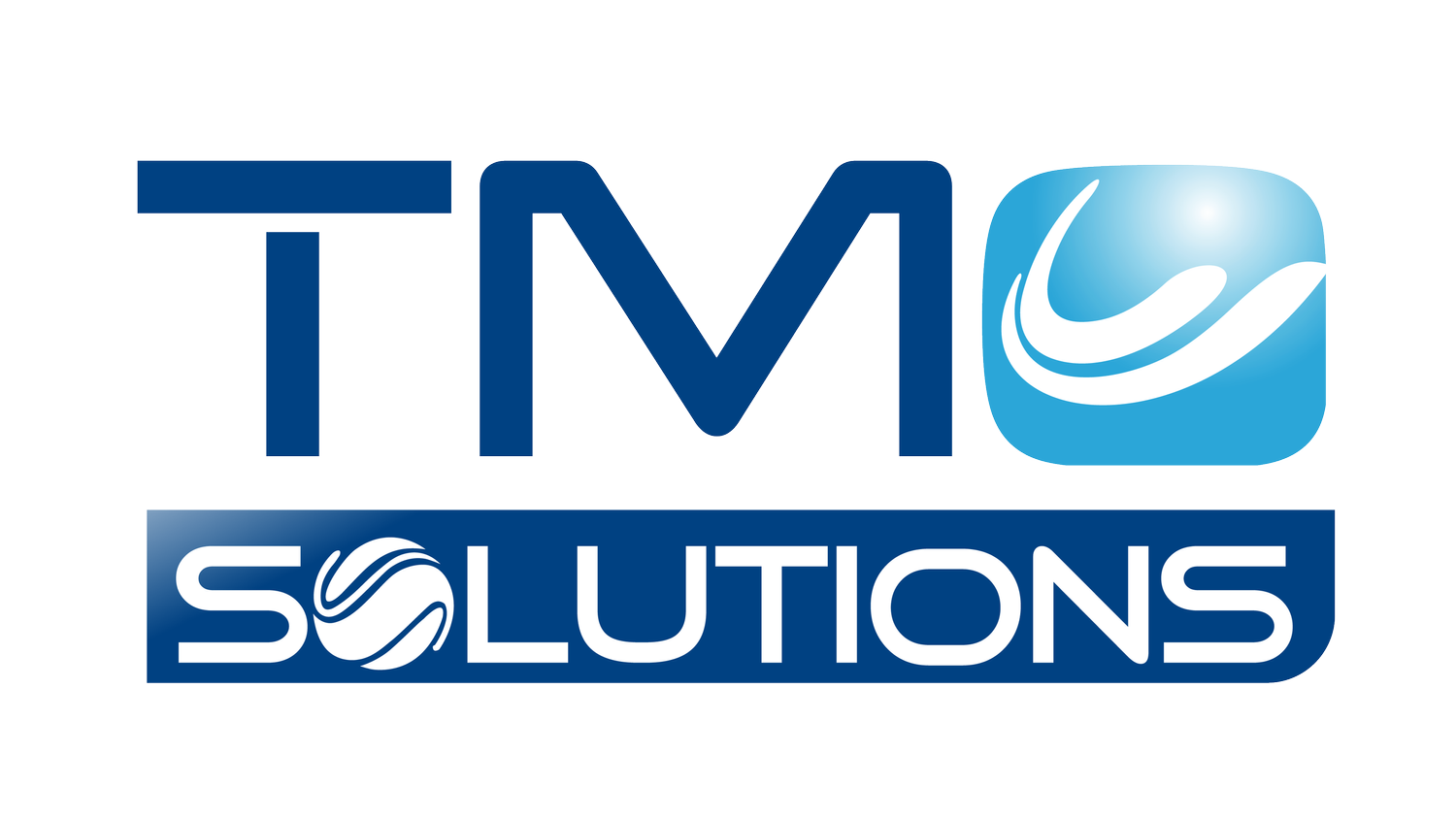Analyzing ROI of Advanced Shock Test Equipment
Is Shock Testing Equipment a Smart Investment?
Ensuring the durability and reliability of products in today’s competitive market, is non-negotiable—especially in industries like aerospace, automotive, defense, and electronics. Shock testing plays a vital role in verifying product resilience under extreme conditions. However, many manufacturers face a crucial decision: should they invest in in-house shock testing equipment or continue outsourcing?
This article explores the cost-benefit analysis of investing in advanced shock testing equipment, breaking down the initial investment, operational savings, improved time-to-market, and long-term ROI. By the end, you’ll have a clear picture of whether an in-house shock testing system is the right move for your business.
1. Understanding the Costs: Upfront Investment vs. Long-Term Savings
1.1 Initial Costs of Advanced Shock Testing Equipment
Investing in a high-quality shock test system involves several upfront costs:
Equipment purchase price: $50,000 - $500,000+ (depending on capabilities, automation, and force capacity)
Facility setup and infrastructure: $10,000 - $100,000 (vibration isolation, power supply, ventilation)
Operator training: $5,000 - $20,000 (ensuring personnel can effectively run tests)
1.2 Costs of Outsourcing Shock Testing
Outsourcing might seem cost-effective at first, but it adds up over time:
Average test cost per unit: $500 - $5,000
Shipping and handling of test samples: $200 - $1,000 per shipment
Turnaround delays: 1-4 weeks, leading to product launch delays
1.3 Cost Comparison Example
Let’s assume a mid-sized manufacturer tests 50 components per year at an average of $2,000 per test, including logistics:
Yearly Outsourcing Costs
50 tests × 2,000 = 100,000 USD per year
If the company invests in a $300,000 shock test system, they would break even in 3 years while gaining complete control over testing.
2. Benefits of Investing in In-House Shock Testing Equipment
2.1 Faster Product Development and Market Launch
Outsourced testing = delays (waiting for testing slots, shipping, result processing)
In-house testing = immediate results (faster iterations, shorter development cycles)
Estimated time savings: 30-50% reduction in time-to-market
2.2 Higher Testing Accuracy and Customization
Ability to tailor tests to industry standards like MIL-STD-810, ISTA, IEC 60068 and others
More test iterations at no extra cost
Better data collection and analytics for design improvements
2.3 Improved Product Reliability and Compliance
Prevents costly recalls by catching design flaws early
Enhances brand reputation with certified product reliability
Reduces warranty claims, saving companies an average of $50,000 - $500,000 per year
2.4 Competitive Advantage
Faster, reliable testing attracts premium clients
In-house testing gives you full IP protection (no third-party access to prototypes)
Ability to provide shock test reports as a value-add for clients
3. Long-Term ROI: How Much Can You Save?
Example Calculation of ROI in 5 Years
Conclusion: Is It Worth the Investment?
For companies conducting frequent product testing, investing in advanced shock testing equipment is a strategic, cost-saving decision. With a potential ROI of over $1 million in five years, businesses gain speed, accuracy, and reliability, ultimately delivering higher-quality products to market faster.
🚀 Interested in upgrading your shock testing capabilities? Contact TMC Solutions today to explore our cutting-edge solutions.


